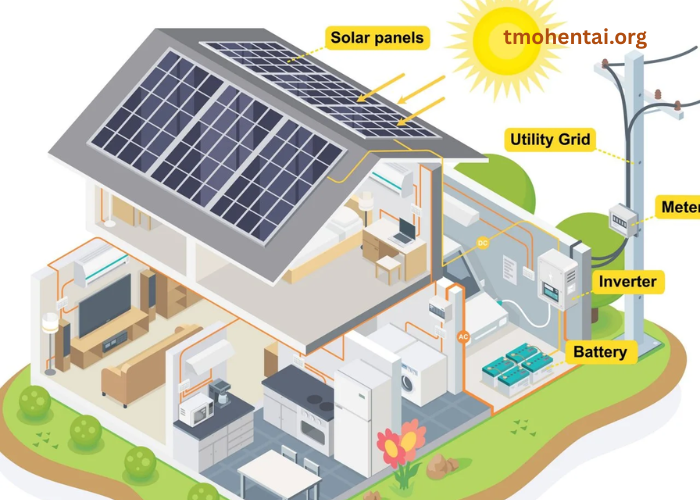Solar should feel simple. You want lower bills, a tidy install, and a system that just runs.
If you want a local starting point for options and timelines, explore Bath Solar Panel Installation Services. Use this walkthrough to see how a solid project moves from first call to switch on without surprises.
The site survey is where the real design work happens. Expect a roof condition check, measurements of usable area, shade assessment across the day, and notes on where kit will live indoors. The surveyor should also look at your consumer unit, spare ways, earthing, and cable routes so there are no last-minute changes on install day.
What a thorough survey typically includes
- Roof pitch, orientation, shading patterns, and any structural notes
- Proposed array layout with estimated annual kWh and seasonal spread
- Inverter and mounting choices, plus where isolators and meters will sit
- Options for EV charging, immersion control, or a modest battery if it suits your habits
- A plan for scaffolding, access, and any brief power downtime
Design choices come next. Panel wattage and count are only part of the story. Inverter selection matters for shaded or awkward roofs, and a small battery can shift afternoon generation into your evening peak. Ask for a simple schematic and a one page performance estimate that shows expected annual kWh, the assumed self-use percentage, and a sensible export rate for any surplus.
Permissions are clearer than most people think. In many cases roof mounted arrays are treated as permitted development, but listed buildings, conservation areas, and roof projections bring extra rules. The Planning Portal guidance for solar panels explains the main limits and when an application is likely. Checking this early prevents late changes to layout or equipment.
Money talk is part of the plan. Savings come from using your own daytime generation and from payments for exported energy. Your numbers will vary with habits, tariffs, and system size. If you prefer an independent primer, the Energy Saving Trust guide to solar panels covers typical outputs, what affects payback, and the light maintenance most systems need.
Install day should feel tidy and well sequenced. Scaffolding goes up, roof anchors and rails are fixed, modules are mounted, and DC runs are neatly clipped back to the inverter. Indoors, the installer adds isolators, a generation meter, and a clean route to your consumer unit. After testing, the system is commissioned, and monitoring is set up so you can see production in real time.
There will be some paperwork, but it should be handled for you. Small domestic arrays usually follow the G98 notification route to the network operator, while larger systems may need approval first. Your installer should submit the forms, provide manuals and datasheets, register warranties in your name, and leave you with a clear handover pack.
Comparing quotes is easier when you ask for the same details from everyone. Named components, written warranties, a drawing of the array, and a performance estimate with assumptions in black and white. Look for teams that explain tradeoffs in plain English and list the safety gear they will use on site. That is a reliable sign the handover will be just as organised.
Last but not least. Pick a certified partner for your solar panels, someone known for tidy installs and reliable aftercare. Check that the performance estimate fits your routine. Do that, and you will see your bills come down month by month.





